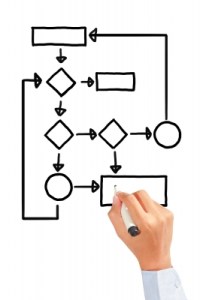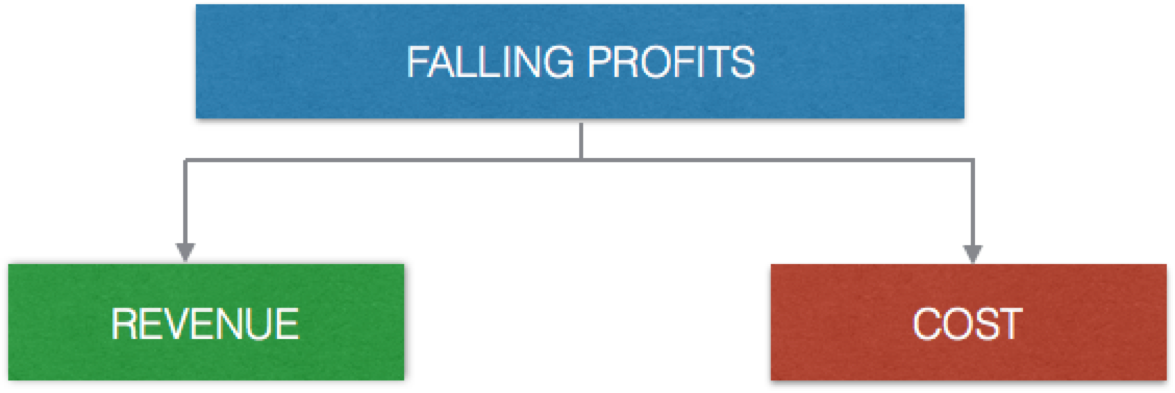Case Interview Preparation

The case interview gives you the opportunity to showcase your problem solving skills. However, do not rush into blurting out the solution without following a structured method of problem solving. The standard way of solving any case interview is to follow the below structure:

1. Understand the Problem
The interviewer will present a scenario and give you some basic facts to get you started. Within the scenario there will be pressing problem, which may have n reasons leading to it. First, understand the backdrop. Second, make sure to take notes and use pointers for clarity. Third, once you’ve given it a little thought, ask questions to understand all dimensions of the problem
2. Define the problem
It is important to clearly identify and lay out the problem. There should be no ambiguity as to what the ultimate objective is. Discuss the identified issue with the interviewer and get his agreement. Now, approach the problem in a structured manner. Use trees to analyse the issues.
Make sure that the components identified are:
Mutually Exclusive: There must not be any overlap between the issues to be studied. This is to say that determinants of one component must not appear in any other component.
Collectively Exhaustive: All major influencing factors or components must be covered in the component tree.
Let us understand this by way of a basic example.
Identified Problem: Falling Profits

Typically, parameters that impact revenue (unit price and units sold) can in no way appear under costs, and vice versa. Therefore, the components - Revenue and Costs, are mutually exclusive. And since these levers together fully explain the cause of change in profits, they are also collectively exhaustive.
3. Problem Solving
The next step is to analyse each component of the tree in isolation. Parameters affecting each component should now be analysed. You may want to use frameworks to do this. The best approach here is to use a familiar framework. While analysing, ask more questions if you lack clarity and use assumptions to your advantage.
Based on the analysis, come up with creative and logical solutions to the problem identified in step 2.
4. Synthesis and Conclusion
And, you’re almost there! Now you just have to walk the interviewer through this analysis in a concise manner. Summarize the solutions or conclusions you’ve arrived at and give concrete recommendations. Make sure the interviewer gets your thought process, but don’t explain the framework you used.
Also, remember to run a sanity check before you share your recommendations with the interviewer.
Case Interview Preparation Takeaways:
- Make notes. Use pointers for clarity
- Ask questions and make sure you’ve got the problem right before you approach to solve it
- Approach the issue in a structured manner
- Keep the interviewer involved
- Summarize clearly and come up with workable solutions




